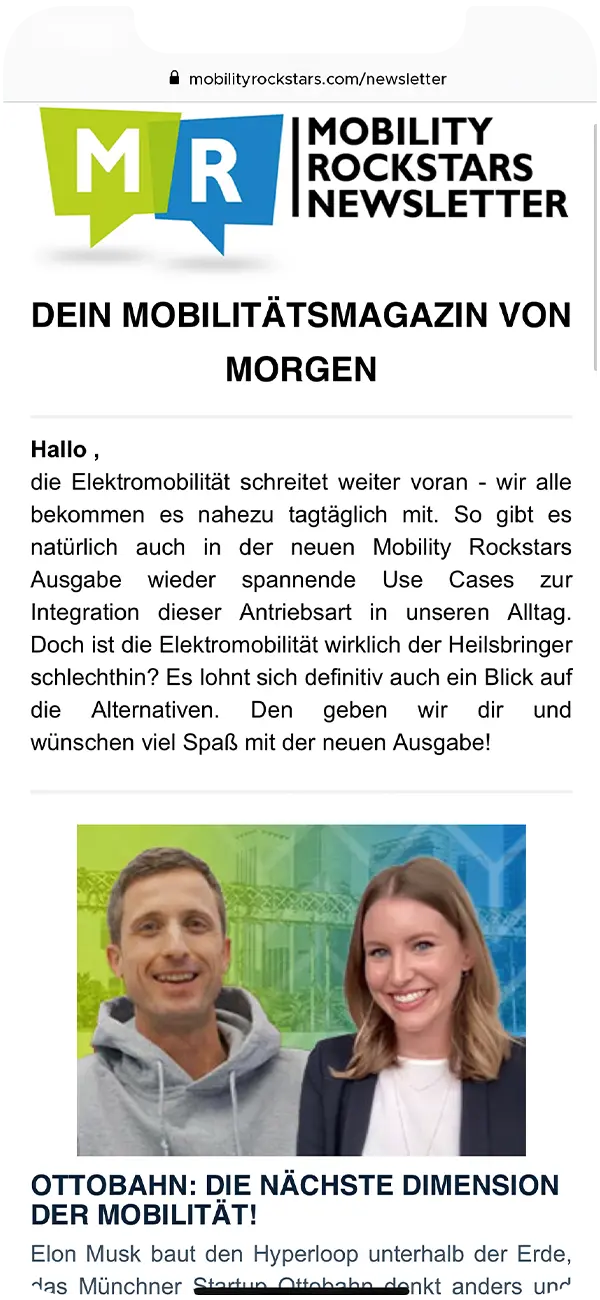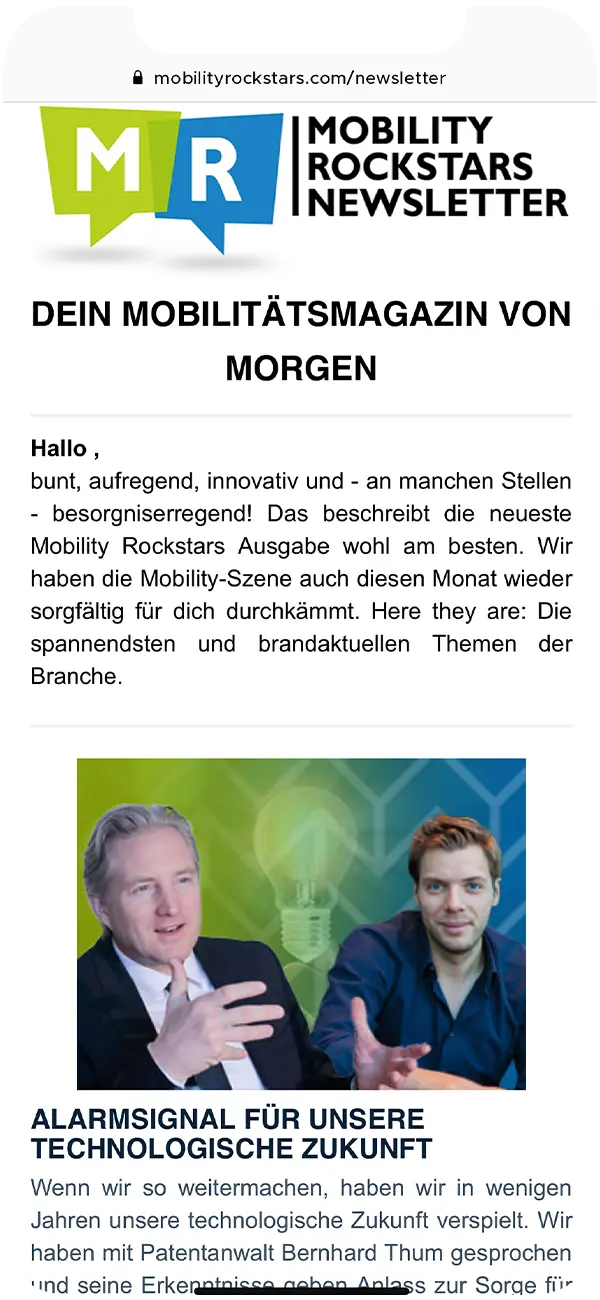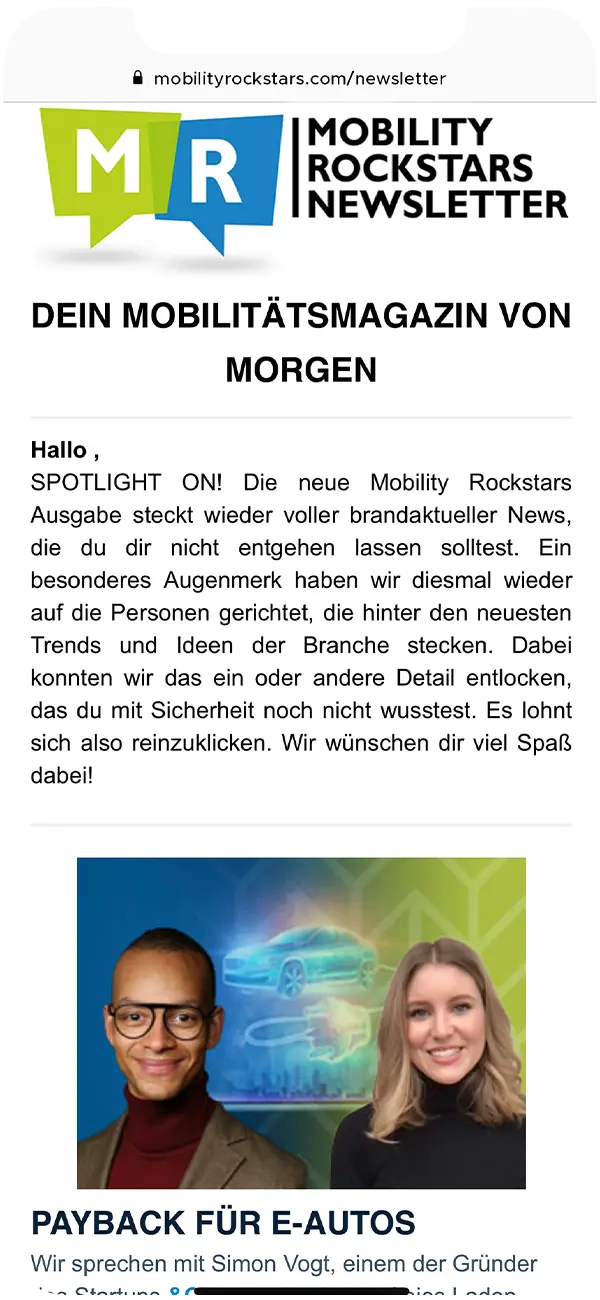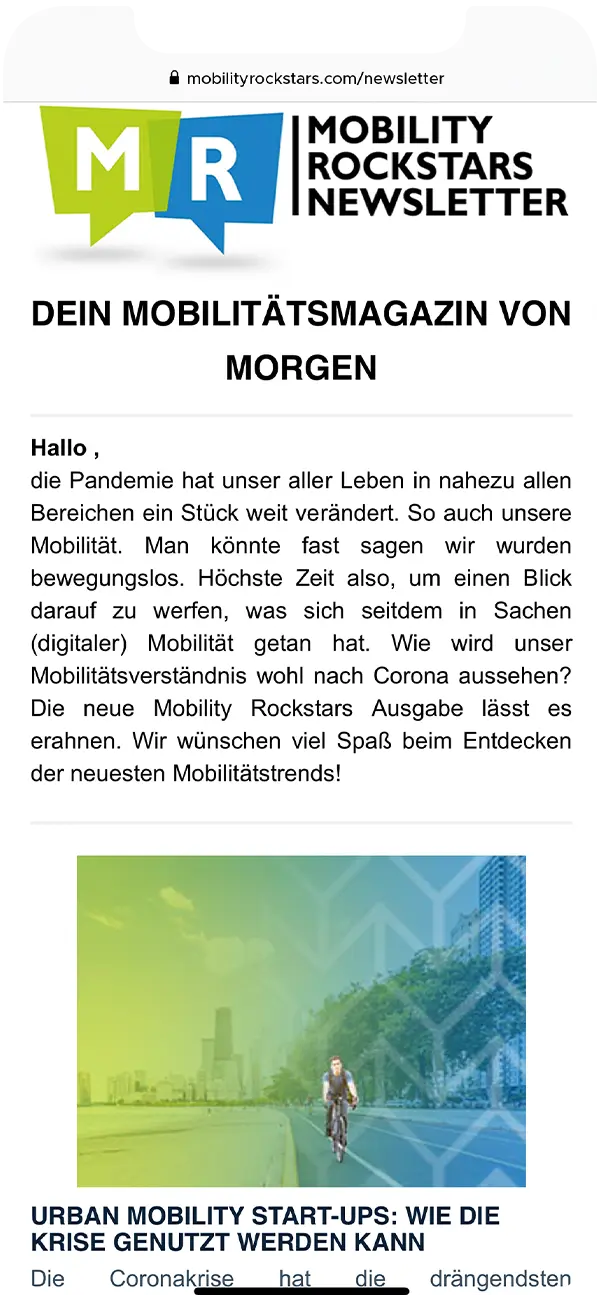Transforming Safety and Risk Management in Road Transportation – Interview mit Streetscope
“Transforming Safety and Risk Management in Road Transportation” – that’s the mission of Streetscope – a Pasadena-based startup that believes safe mobility requires a system view. And this system view is something to behold! Namely, their product Streetscope’s Hazard Measure™ creates a real-time quantification of traffic hazards from existing on-board video sensors. The special feature here is that the analysis is not based on data from vehicles that already had an accident. Nearaccidents are considered as well! And if this really succeeds, we are sure that there will be many interested customers: insurers, fleet operators and many more. Let’s take a closer look. How does this work from a technical point of view? Where does the data come from? We’ll be clarifying many more of these questions together with David Muyres, Co-Founder of Streetscope. Let’s get started!
David, to start off, could you please give us a quick glimpse into a classic use case of Streetscope?
Insurance companies, traffic engineers, transportation planners, and others have relied forever on historical data to assess risk in the future. But as vehicles are increasingly controlled by computers, this approach is breaking down. By recording the actual behavior of drivers, whether human or computer, and generating an objective measure of hazard, multiple sectors can now use a leading indicator to assess future risk. Insurance will use the Streetscope Hazard Score to better price risk, a transit organization could use it to determine the safest bus routes and vehicle manufacturers can objectively measure the effectiveness of their AV stacks or make determinations as to which AV stack provider offers the safest product.
What hardware components are needed for operation? Especially considering the fact, that you’re also looking at near-accidents.
No special hardware is required. We can take in video data from an array of available fixed or moving cameras. Our proprietary algorithm then converts this into three-dimensional data for us to evaluate and generate our Streetscope Hazard measure. It also works with LIDAR and RADAR data as well.
Which technology stands behind the Streetscope‘s Hazard Measure™? How does the realtime quantification of traffic hazards from existing on-board video sensors succeed?
If LIDARs and RADARs were as prevalent as cameras, the job would be much easier. We use computer vision techniques to identify traffic objects of interest and then compute threedimensional data (range and bearing) from the two-dimensional video. From this, we calculate the hazard measure.
Does the software run locally in the car (if yes, how does it get in there?), or in the cloud?
The software could run in either location depending on the state of the partnership with the vehicles and operators involved. Ideally the measure is calculated at the vehicle level and sent to the cloud for final assessment to limit the quantity of information transmitted.
So, your customer is the insurance company. Ok, fine, but how do they “invite” their customers to generate the necessary data for your tools? What’s the incentive for them?
It turns out that access to data isn’t really a problem. Fleet operators and their insurers are desperate for ways to reduce risk. Fleets willingly share their data if it can result in reduced incidents, higher operating efficiency, and lower premiums. Insurers have been losing money on fleet insurance for more than 15 years, and raising prices every year as a result, so also welcome tools that help reduce risk. In the consumer space, whether individuals working for themselves as taxi drivers or grocery delivery people or ordinary consumers, the desire to lower their insurance costs by proving that they are safe drivers, they are increasingly open to allowing their insurance company to track their behavior using dongles and dashcams. We can make that form of assessment fair and objective, unlike current event-based approaches.
What exactly is your business model? How do you earn your money in the end? Are you selling the tool suite or the analysis results?
We provide tools to insurers to better price their risk and are paid a percentage of the premiums we help underwrite. We have similar business models for access to our system risk modeling tools in other sectors, like transportation infrastructure planning / engineering.
What will your customers, e.g. insurance companies, do with that results? Adjust their pricing model because of bad driving habits or reject a customer? What else could they have in mind?
The Streetscope Hazard Measure will help insurance companies more accurately price policies. This sector is unprofitable at the moment and uncomfortable with the coming world of automated mobility, where updates to the AV software mean a new driver is in control…so the historical data they rely on is less relevant. Streetscope systems risk tools will also help them work with their customers to know how to adjust routes and driving styles to optimize the rates in a mutually beneficial way. Moreover, while hazard data could be used to remove bad drivers from the insurance list, it can also be used positively, to help mitigate troublesome driving behaviors. By the way, automakers are also uncomfortable because ADAS systems are increasingly taking control of the vehicle from the driver, which has traditionally been where liability sits…which means OEMS are more likely to face liability.
As Europeans, who take data protection more than seriously 😉 we are of course curious to know whether data protection is an issue for the acceptance of your product?
Yes, we are aware of European data protection requirements and believe our system will function well within those guidelines. The data we use to create the hazard assessments will be anonymous. When using our system risk modeling tools to help customers improve their operating costs and lower risk, they will clearly have an ability to opt-in to the process before engaging.
Your product is of interest to various parties in the mobility sector (insurances, transportation infrastructure, fleet operations). Do you already have partners on board with whom you are working specifically? Which successes have you already achieved together?
Yes, we are working with large insurers in Germany and Japan as well as the US. We also are working directly with transit organizations on both the east and west coast of the US. Most of the agreements with these companies do not allow us to publicly disclose who they are yet. We have an agreement with Stantec to market our Streetscope Hazard Measure to their transportation infrastructure customers and have been talking to others about working on specific projects. We will have exciting news to share soon, though!
Last but not least, our beloved science fiction question: Let’s jump ahead into the year 2031. Will there be no more accidents because of Streetscope?
The Streetscope Hazard Measure and System Risk tools are in wide use in 2031, used by insurance, fleet operations, vehicle system designers, and transportation planners to better plan and operate transportation systems. Cities offer live risk maps of their streets, allowing commercial entities of all kinds to access the data and plan their operations accordingly. As a result, automated driving systems have been deployed faster than predicted by the gloomy 2022 report that did not see widespread automation for at least 20 years. Accidents rates have fallen dramatically, and because of this, cities the world over are more livable and pedestrian friendly. In 2031, the Streetscope Hazard Measure is the FICO score for road safety. In Germany, maybe the SCHUFA score of road safety 🙂
2.11.20



